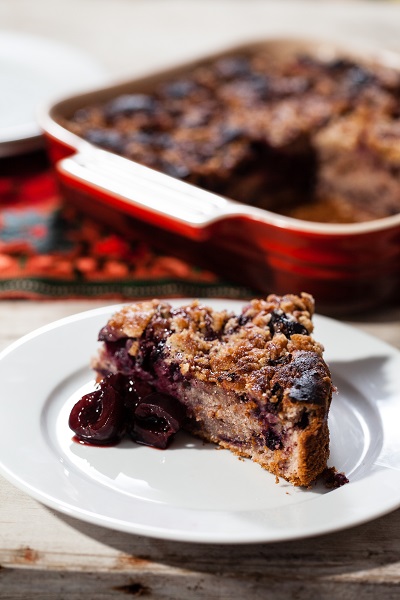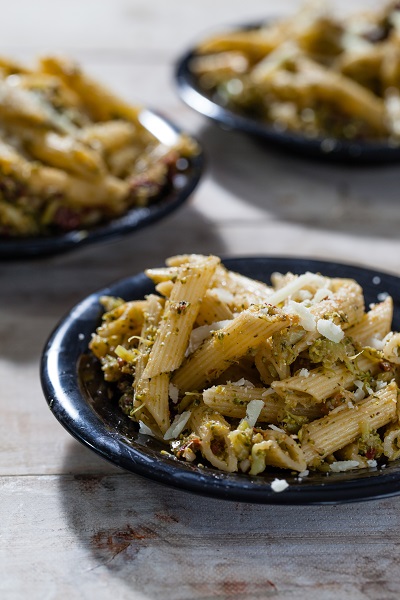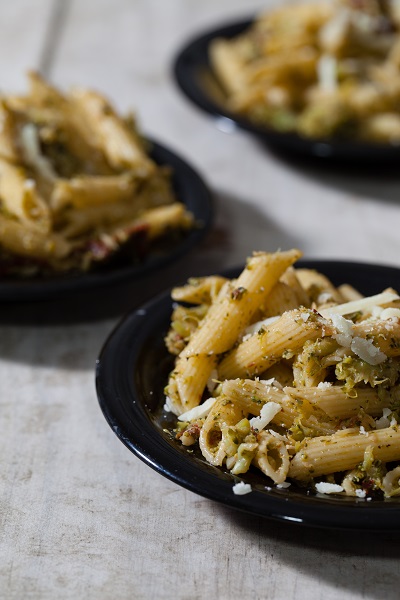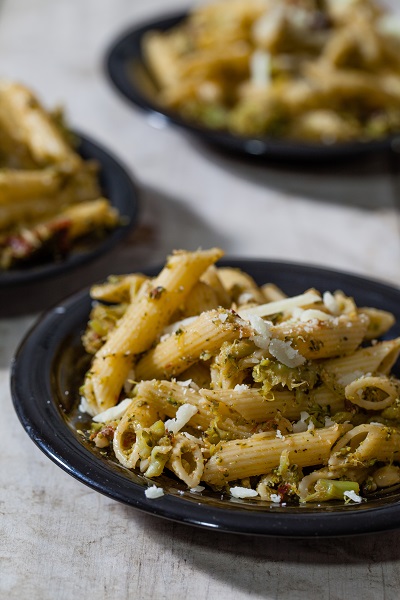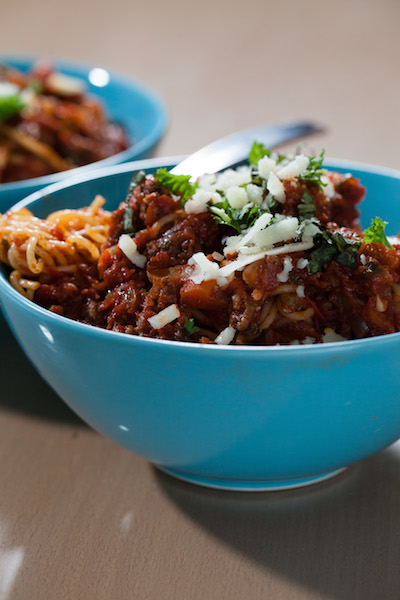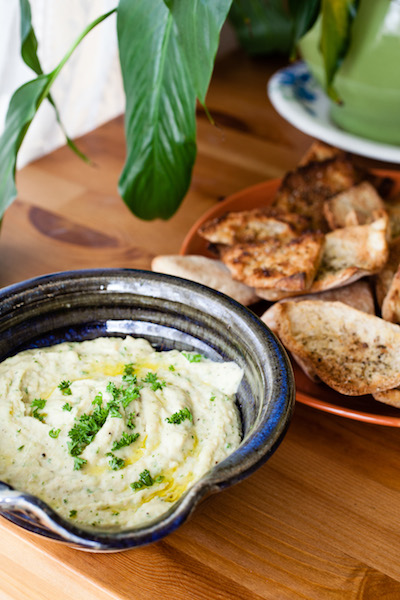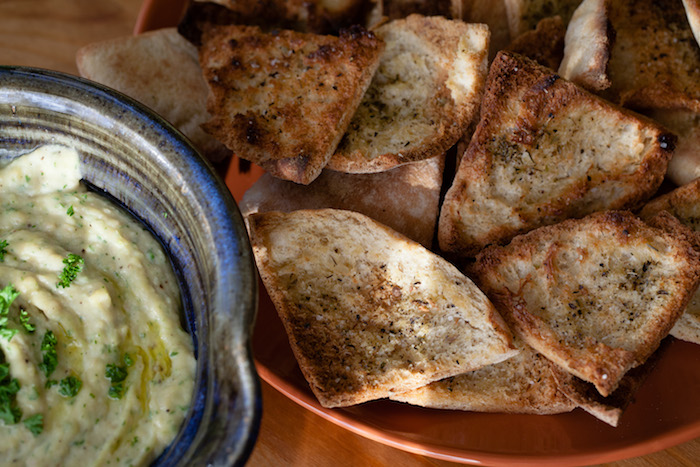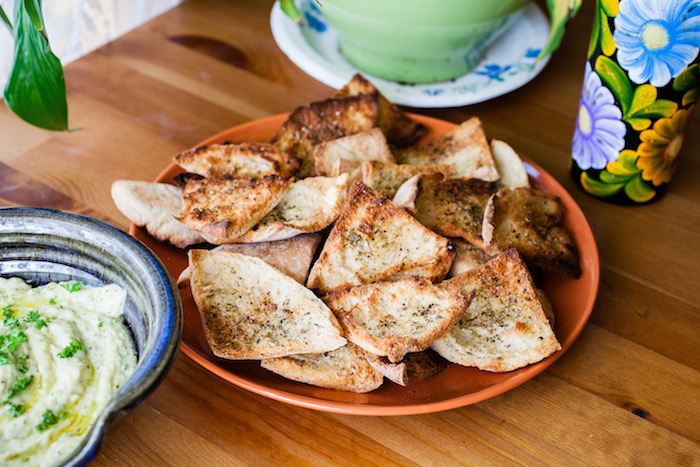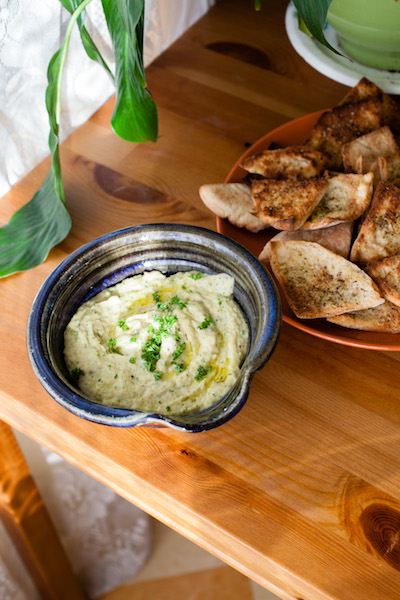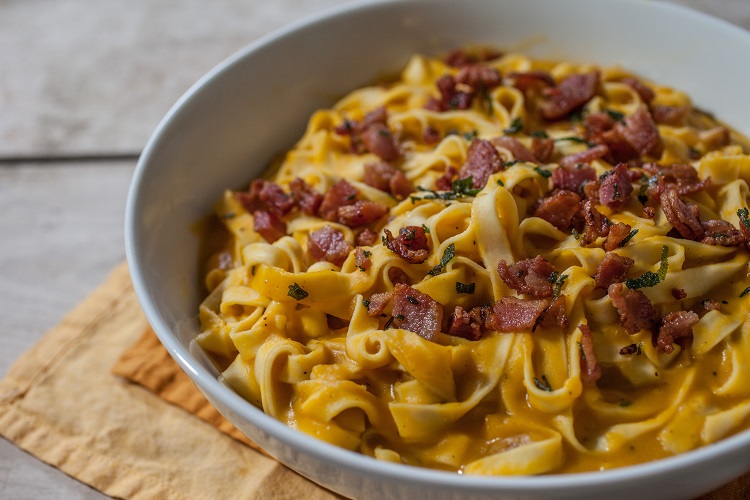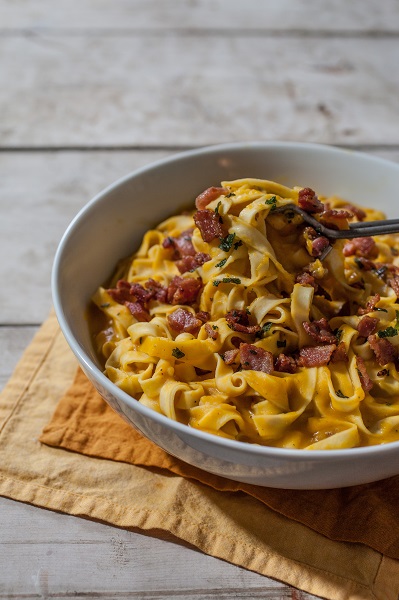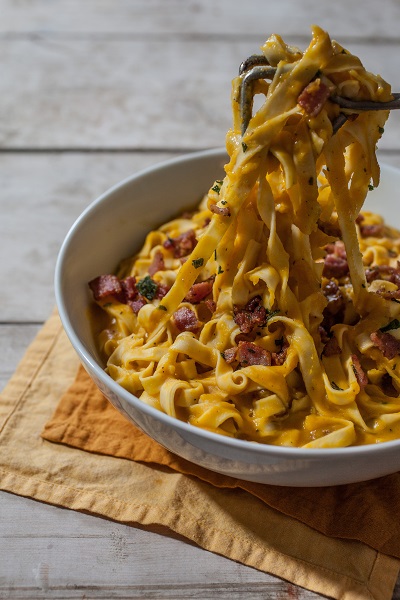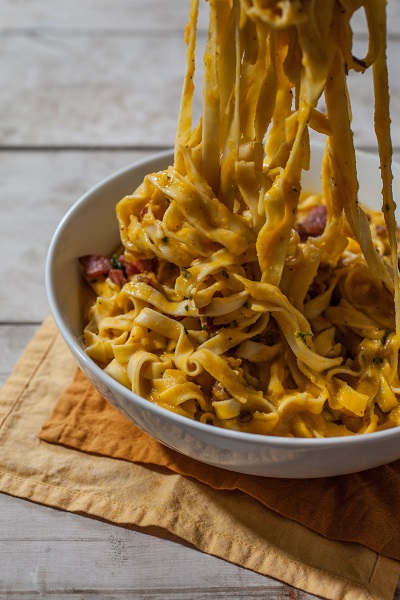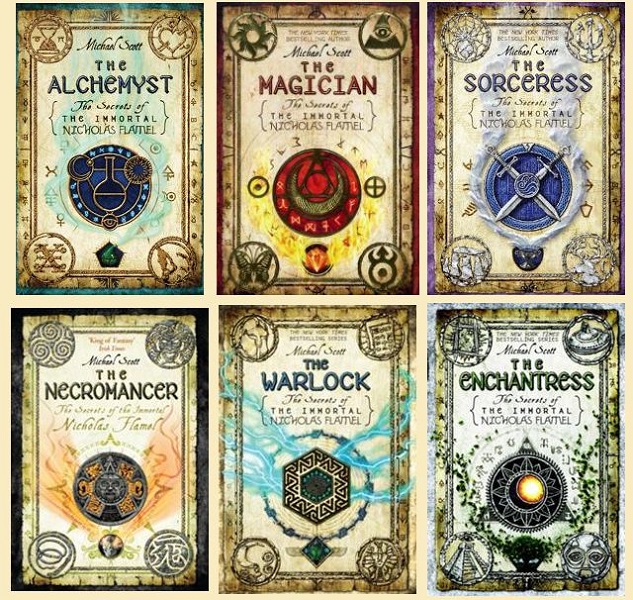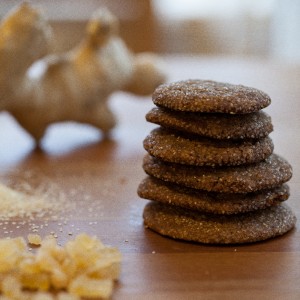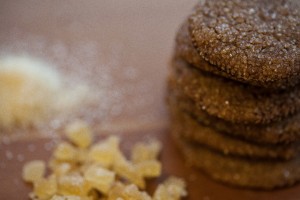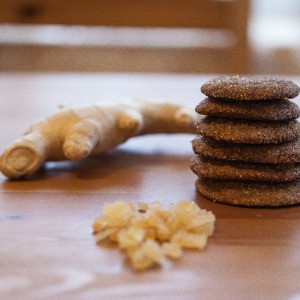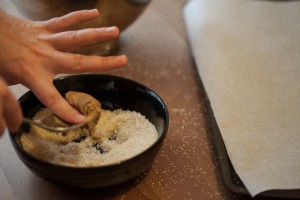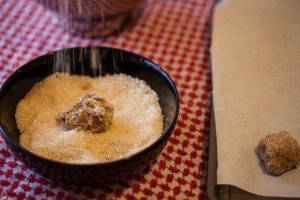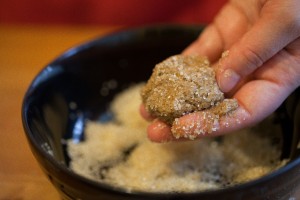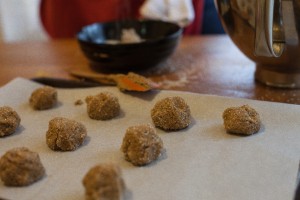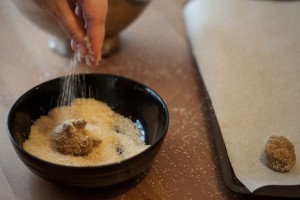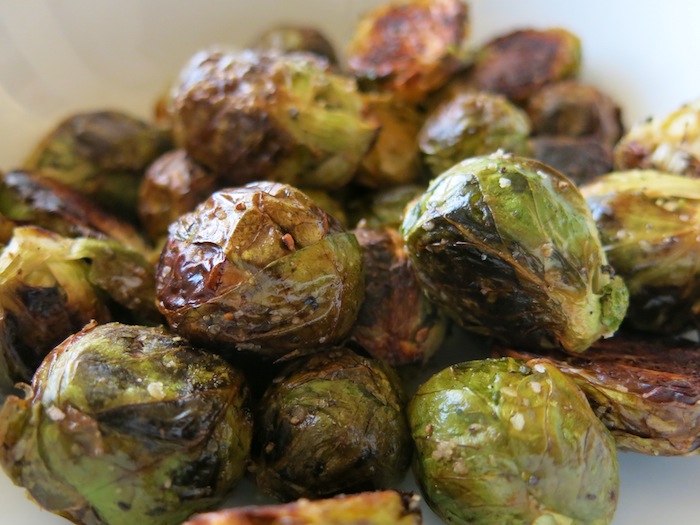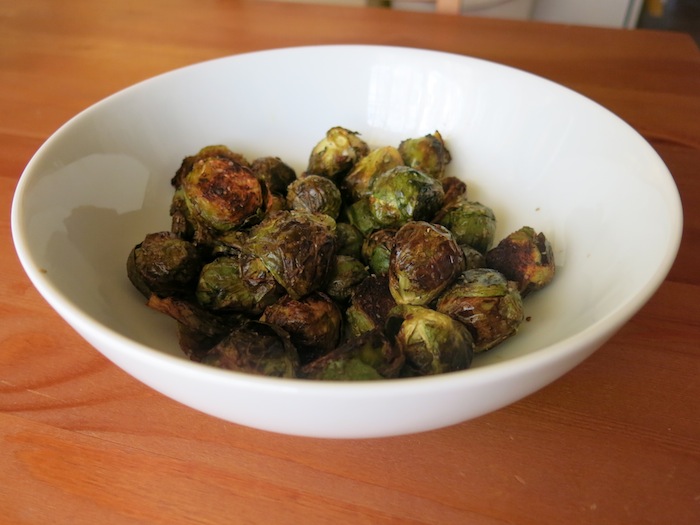I’m slowly making my way through all the books I got for Christmas this year. I just finished “The Plague of Doves” by Louise Erdrich. What a wonderful and interesting book. This is the first that I have read of Erdrich. The book reminds me of the writing of Gabriel Garcia Marquez. Erdrich writes about multiple generations of families in the small town of Pluto, North Dakota. The book is about how the history of the families still affect the interactions within the town generations later. Acts both terrible and beautiful will reverberate for decades.
The reason that this book reminds me of the books of Marquez, is there is a wonderful mix of both straight historical telling and also magical realism. A number of the families that the story follows are part of the Ojibwe tribe and a number of their family stories have a twist of magic involved.
(I just went through my archives and I can’t believe I never wrote about either “Love in the Time of Cholera” or “100 Years of Solitude”! Both were written by Gabriel Garcia Marquez and both are beautiful books. “100 Years of Solitude” is actually on my reread list for the near future. I suppose I’ll have to tell you about them both at a later time. But, if you have never read either, you are in for a treat.)
 The story is told from the perspective of many story tellers. Originally, a number of these chapters were released as short stories and were then brought into this novel. There is a slight disjointed feel to the book, probably due to this fact. The first storyteller is Evelina, a young girl of mixed white and Native American heritage. She is told a story by her grandfather, Mooshum, about her ancestry. In 1911, a family of white settlers was murdered. A number of local Indians were rounded up and hung for the offence, an offence that almost everyone agrees they did not commit. The book then shows through multiple people how that event changed the families and the community forever.
The story is told from the perspective of many story tellers. Originally, a number of these chapters were released as short stories and were then brought into this novel. There is a slight disjointed feel to the book, probably due to this fact. The first storyteller is Evelina, a young girl of mixed white and Native American heritage. She is told a story by her grandfather, Mooshum, about her ancestry. In 1911, a family of white settlers was murdered. A number of local Indians were rounded up and hung for the offence, an offence that almost everyone agrees they did not commit. The book then shows through multiple people how that event changed the families and the community forever.
One thing that I wish that this book had was a family tree. There is so much intermarrying between these families, that it is hard to keep track at times of how one person is related to another. And it is important! The family histories affect the relationships between people 50 years later. One person is trusted and another person is hated, sometimes based on who their grandfather was and what he did when the town was first created.
All in all, I quite enjoyed this book. Some of the stories are beautiful and moving. The writing is nice, and though the overall feel is a little disjointed, everything comes together quite nicely in the end. In fact, as I was approaching the end of the book, and only had a few pages left, I was worried that I would be very disappointed in the end. However, I was surprised by how well everything was explained and how so many loose ends were knotted up in the last stretch.
It isn’t my new favorite book in the world or anything, but I will say that it contains some characters that are so interesting and well written that they will stay with me. Their histories resonated with me. And there is one story about a violin that was absolutely magical. I’ll leave you with an excerpt from the book that I enjoyed.
“Here I come to some trouble with words. The inside became the outside when Shamengwa played music. Yet inside to outside does not half sum it up. The music was more than music- at least what we are used to hearing. The music was feeling itself. The sound connected instantly with something deep and joyous. Those powerful moments of true knowledge that we have to paper over with daily life. The music tapped the back of our terrors, too. Things we’d lived through and didn’t want to ever repeat. Shredded imaginings, unadmitted longings, fear and also surprising pleasures. No, we can’t live at that pitch. But every so often something shatters like ice and we are in the river of our existence. We are aware. And this realization was in the music, somehow, or in the way Shamengwa played it.”


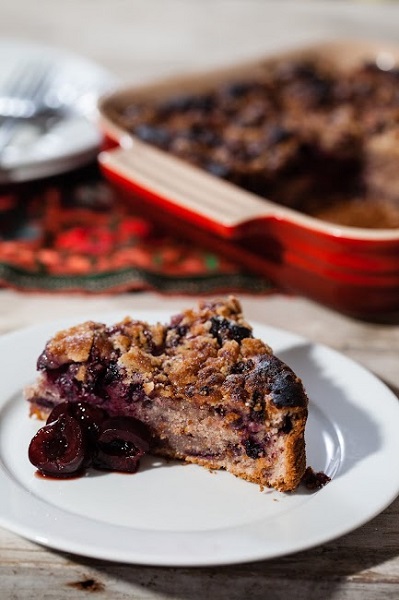 This recipe comes from the wonderful cookbook, Rustic Fruit Desserts. In the past, I’ve made
This recipe comes from the wonderful cookbook, Rustic Fruit Desserts. In the past, I’ve made 